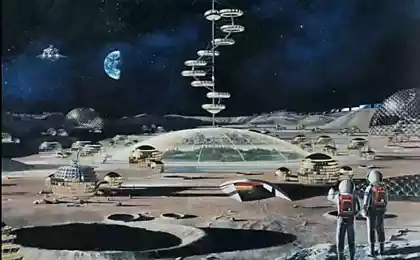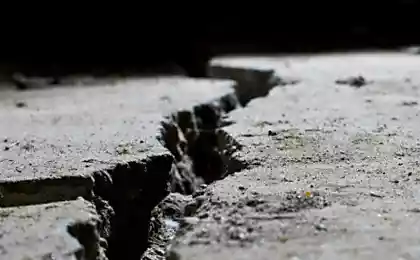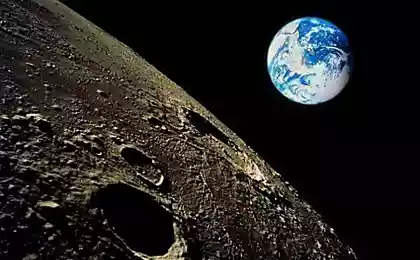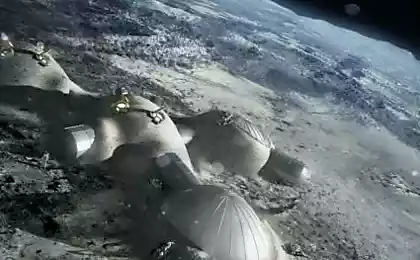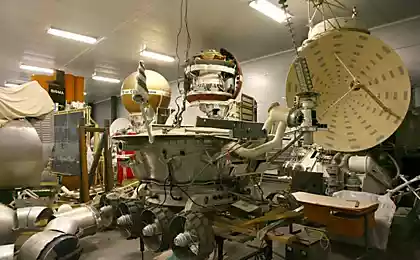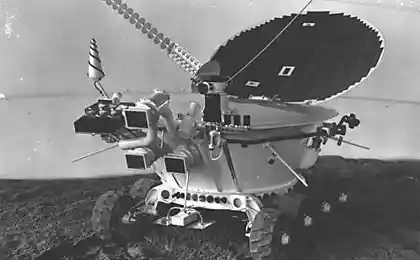1359
Lunokhod 1. The first track on the Moon
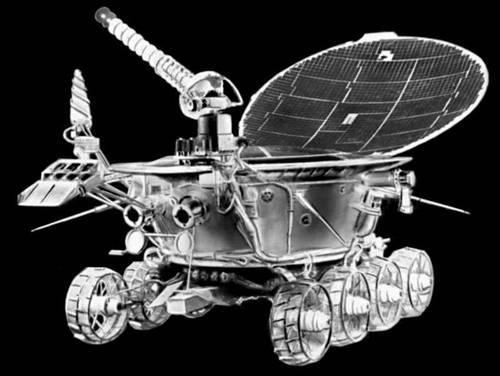
Today, May 17, 2014, was exactly forty-three and a half years, as November 17, 1970, about seven o'clock in the morning Moscow time, a group of specialists-creators of Space Technology, were in the center of coordination and computation (CEC), near Moscow, to solve unusual question: "In which direction to move down to the surface of the Moon?».
Behind were the years of hard work of major research, design and production teams, who created the "Luna-17" and the mobile device "Lunokhod-1", delivered by the station on the vast plateau of the moon, known as the Sea of Rains. Behind were searching, calculations, designs, drawings, models and testing, continuous testing of components and systems in the inhospitable lunar conditions, recreated on Earth. Finally, the back was a sleepless night, during which the station reported on the implementation of a number of important operations and maneuvers preceding the soft landing.
And now deployed stairs intended for Congress self-propelled machine on lunar soil, the team submitted its disconnection from the planting unit. Decided to move out in a direction to exit the "Lunokhod-1" from the crater, on a fairly gentle slope, which proved to support the station. Memorable moment came - the robot waits for the command to the movement.
At 9 o'clock 28 minutes "Lunokhod-1" moves down the ladder and begins an independent journey to the moon. The first track is pulled from the landing stage to the black cliff of the lunar horizon. A TASS noted: "For the first time in the history of space exploration to the moon delivered and started to research the automatic lunar self-propelled machine, controlled from the Earth».
Thus began the odyssey of the Soviet "Lunokhod". The first day was passed 20 meters way. Were shot first panorama, a study of physical and mechanical properties and chemical composition of the lunar soil. Five terrestrial days worked "Lunokhod-1" to the end of the first lunar day, going the distance of 197 meters. Then came the night chill 14 days, during which the machine is stationary.
Normal thermal conditions on board the "Lunokhod-1" was provided by special isotopic source of heating the gas circulating in the internal volume of the pressurized compartment. Continue and individual research: orientation "Lunokhod-1" provides jobs for reflector lunar laser ranging, developed by French scientists.
But here's the Sea of Rains lit by the Sun, and the machine came to life, starting a new working day. Turned to the hot rays of the solar panels that provide recharge the battery. Checking the status of onboard systems and scientific instruments showed that the test cold lunar night is not reflected in the performance of the machine. He again hit the road.
11 lunar days and nights, 322 Earth days lasted watch "Lunokhod-1". Completed 10,540 meters. Examined the lunar surface area of 80 thousand square meters. Made of 200 telefotopanoram and 20,000 images covering approximately half a million square meters of the lunar surface. At 500 points measured characteristics of the physical and mechanical properties of the soil. In 25 locations analyzed its chemical composition. Make a major contribution to Soviet science and technology in achieving practical space in the world's treasury of knowledge about the surrounding space.

(panoramic picture with the "Lunokhod-1») i>
Of course, the possibility of automatic stations in the study of the Moon and the planets are not exhausted and now, when the events described here have already become a part of history. It is quite certain, an important role belongs mobile units - planetary rovers. Indeed, the desire for movement as means and ways of understanding the world in general tend to mankind. And earth person learns and develops with the help of various vehicles. Unlike fixed number of blocks of planetary allows you to explore a large area at the approximate cost of the preparation of expeditions. Finally, in the future exploration of the Moon and planets is hard to imagine without the vehicles used to transport astronauts and cargo, construction, material handling, rescue and other operations. And, of course, invaluable experience in operating the "Lunokhod-1" is not just useful to developers of new, more intelligent, hardy and mobile systems. Therefore, mankind will always remember the first extraterrestrial vehicle "Lunokhod-1", as it remembers the first boat, car, airplane ...
"Lunokhod-1" passes "11101111111100001110100011100010111001011111001000100001" and wants to continue "Kyuriositi" glorious milestone in the development of neighboring planets.
P.S. Special thanks to Zelenyikot for education in the field of space research. Your articles I read excitedly for over a year. Forgive me for being too emotional.
Source: habrahabr.ru/post/222717/
Another way of looking at what surrounds us
ANTVR: an interesting competitor Ocululs Rift hybrid controller included



